tree
now browsing by tag
Getaway in France
As fall holidays are approaching, we camped south of the Ain to discover a beautiful natural arch that had been on my bucket list for quite some time.
1. Through the fog…
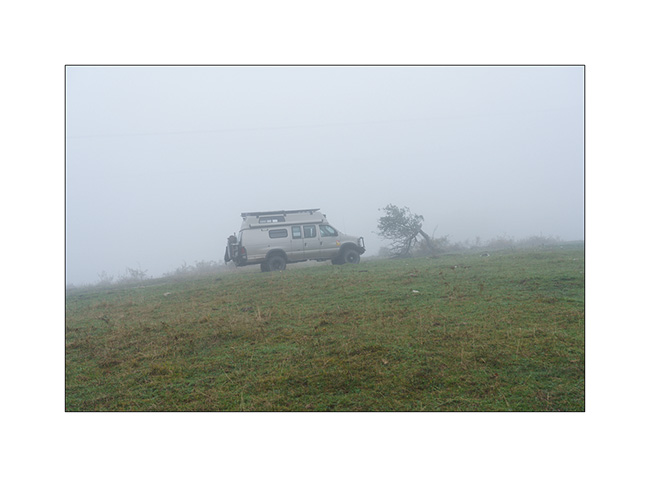
2. Spooky silhouette…
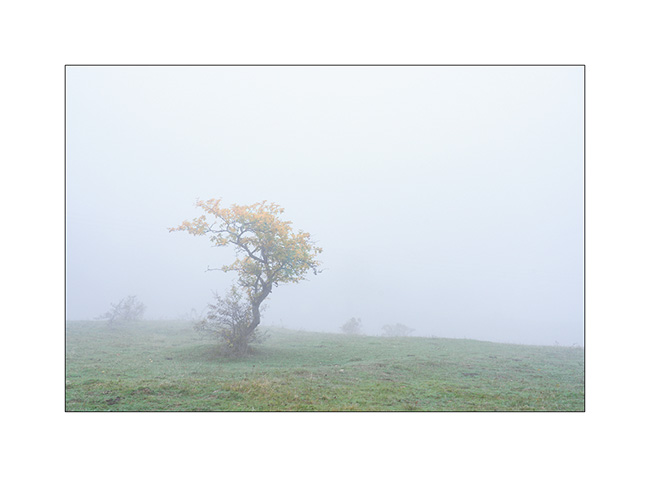
3. After finding our boondocking place, we follow the path that leads to the arch and we have a great encounter : a beautiful spotted salamander! Glad to be able to show it to Emile when it becomes more and more rare to meet them…
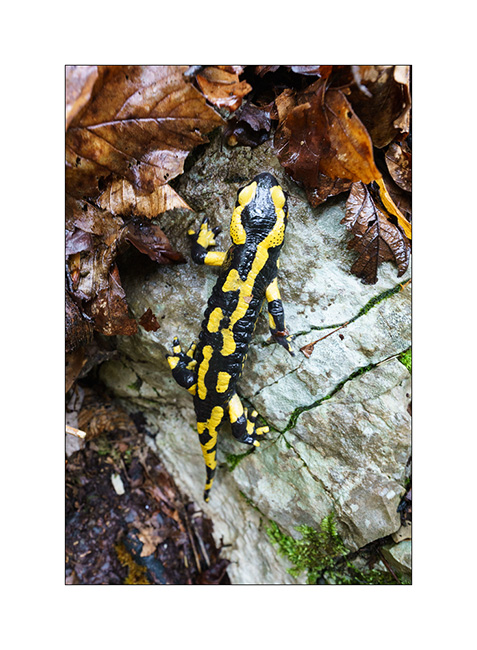
4. And here we are at this beautiful natural arch, created by a collapse following the digging of a trench in a limestone shoulder in order to pass a pipe through. Emile gives the scale ! 😉
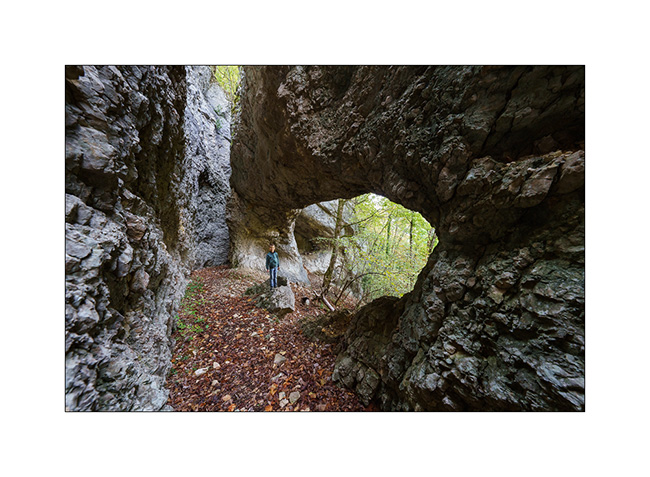
5. In fact, it’s even a double arch; here the secondary arch of approx. 10 feet wide, smaller than the main one which should be around 25-28 feet wide.
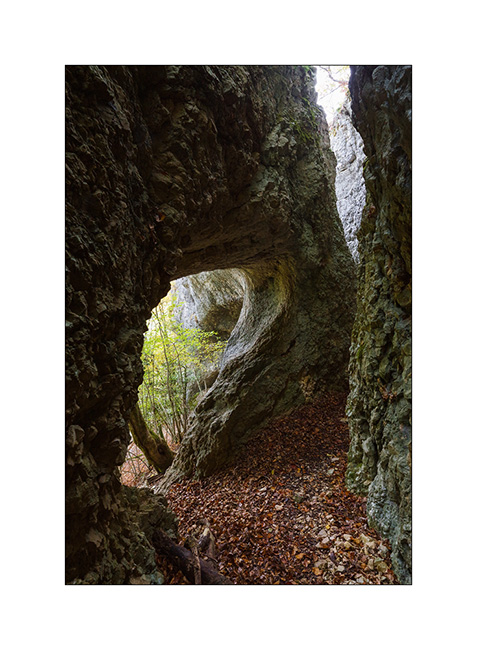
6. The place reminds me of some of the arches discovered in America during VivaLaVida’s journey.
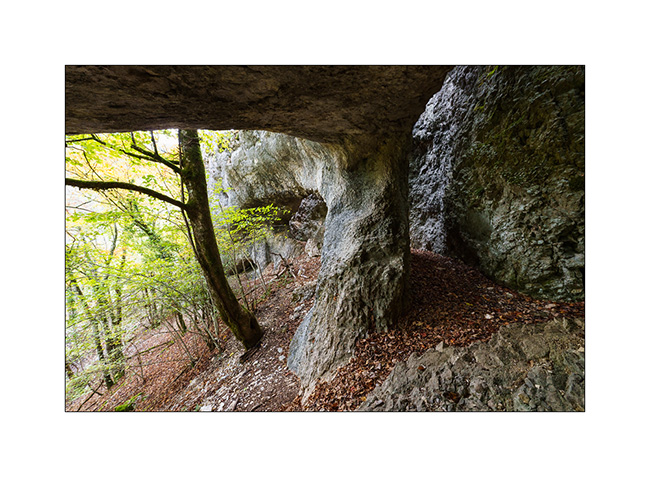
7. Last look before heading back to our camp.
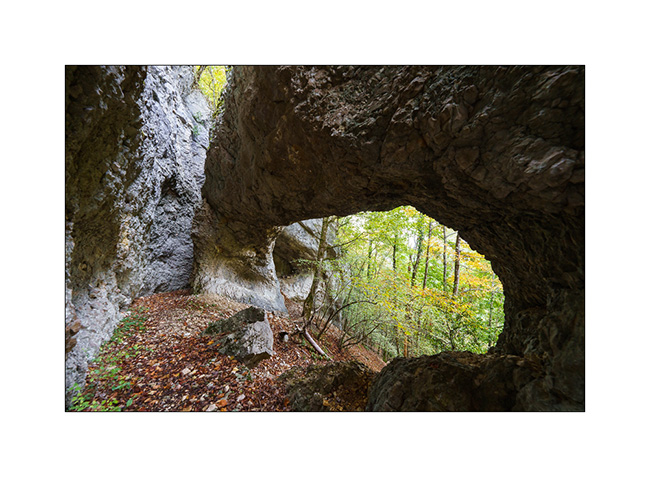
8. On the way back, we somewhat searched for the path that fades into the vegetation, forcing us to cut through the woods to find our way back. We then enjoyed a lull that allows us to taste a succulent salmon & vegetables cooked on the campfire.
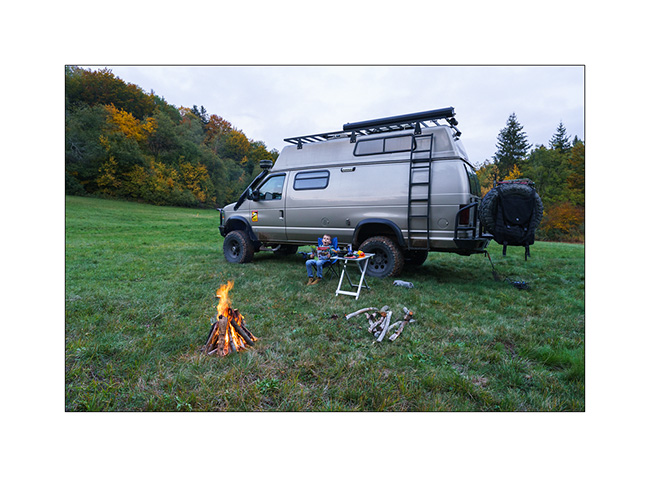
Return on Sunday by some logging roads under the showers. Now, I’ve to prepare VLV for the departure on vacation in a few days.
Thank you for your loyalty and see you soon here! 😀
Minerality…
Still in Arizona, I made a short stop at Petrified Forest National Park. 225 million years ago, the current Arizona was nearly 3,500 miles South of his actual location, in a tropical climate and thus covered with tropical forests. During large floods on clay areas, trees fell and were buried in the clay that protected them from putrefaction. Over hundreds of thousands years that followed, the clay was covered with new sediment layers totaling till 1.5 miles thickness. The pressure thus exerted generated petrification of wood. Then the continental drift has gradually dried up the soil of Arizona allowing wind and rain to erode the upper sediments and leaving the petrified trunk now appear in the bentonite layers.
In places, the amount of petrified wood is staggering.
1. Bentonite which erosion reveals petrified trunks.
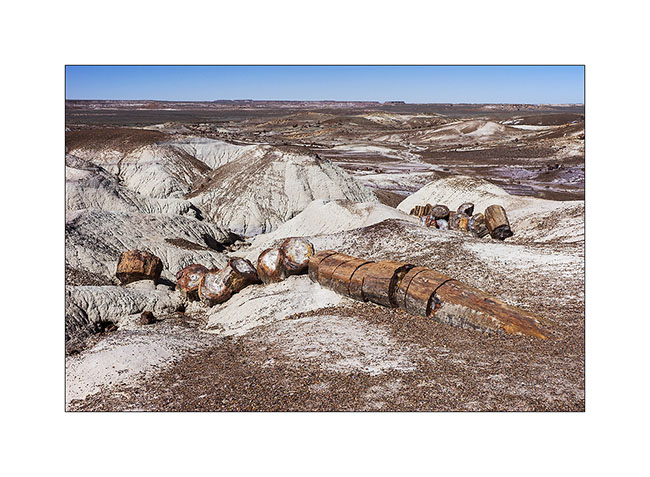
2. The colors are amazing! The density of this stone is such that it takes 4 times longer to a silica carbide saw to cut the same thickness as in granite.
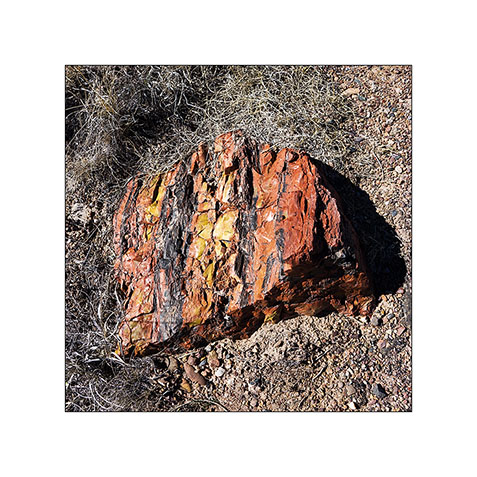
3. Most of the time, erosion causes trunks to break. On some, the petrified bark is still present.
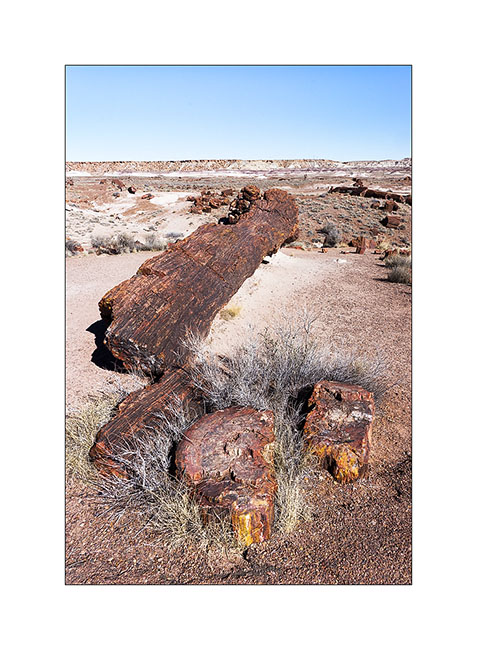
4. A giant! His strain is over 8 feet high.
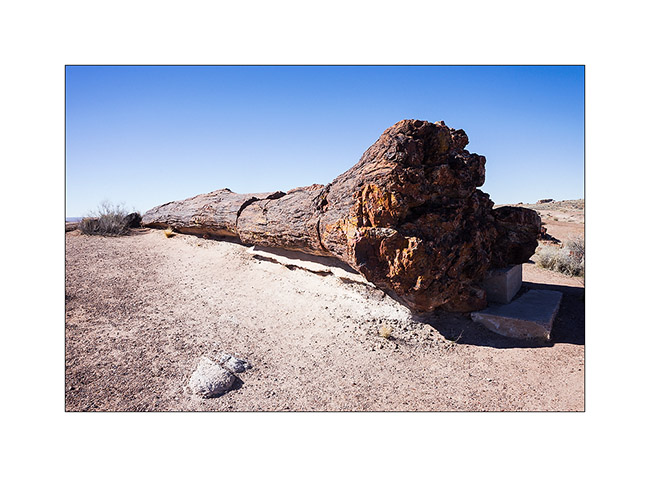
5. The desert surrounding area is varied.
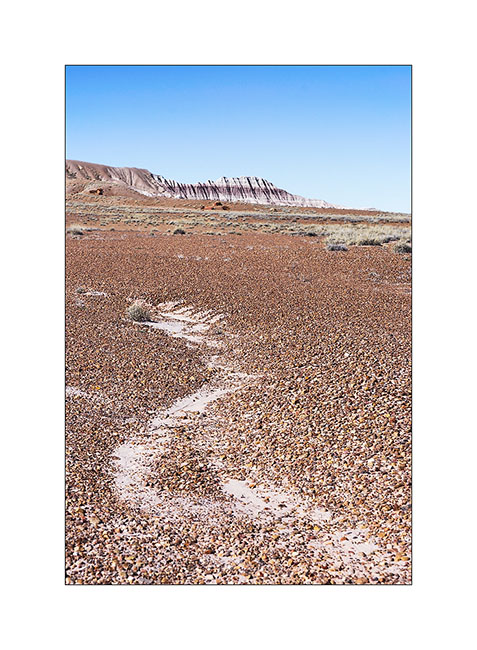
6. Undulation…

7. Mixes…
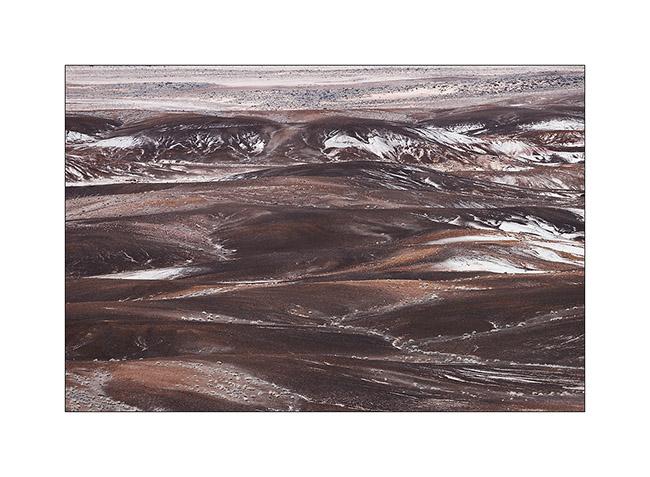
8. Amazing colors and shapes.
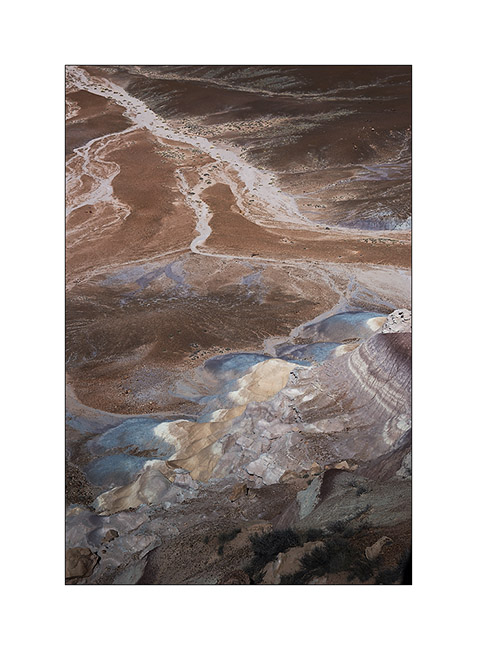
9. Edge of a bentonite mesa taht erosion carves.
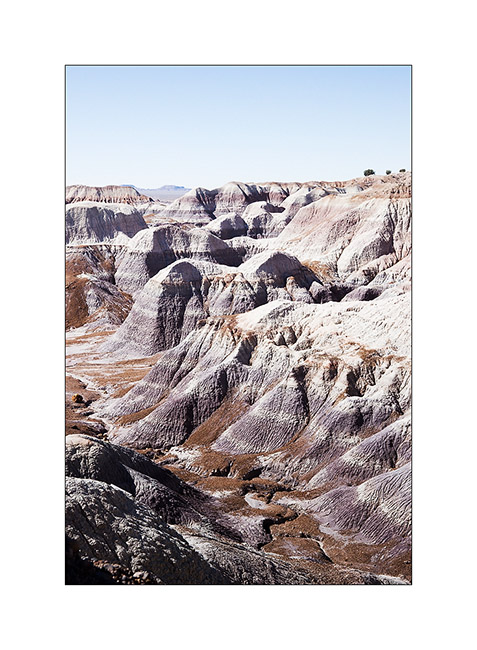
10. This bentonite is less colorful than in other places but the presence of petrified trunks contrasts with the soft shapes of clay.
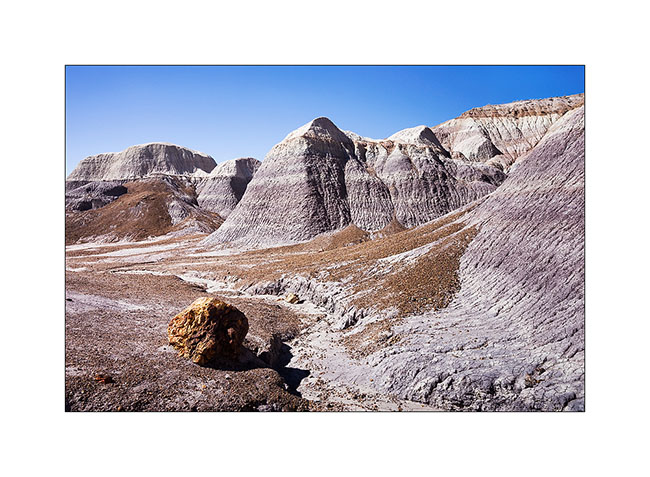
11. The eroded texture reminds me of some corals…
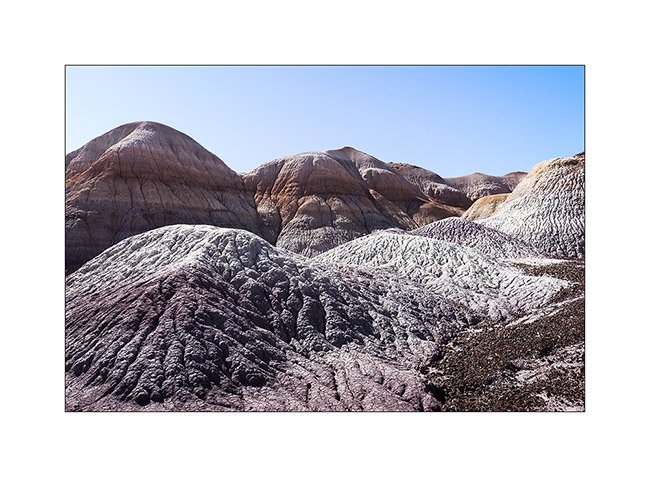
12. Vivalavida then moved to New Mexico, spending a first night at over 7,000 feet above sea level in the forests of the Zuni Mountains.
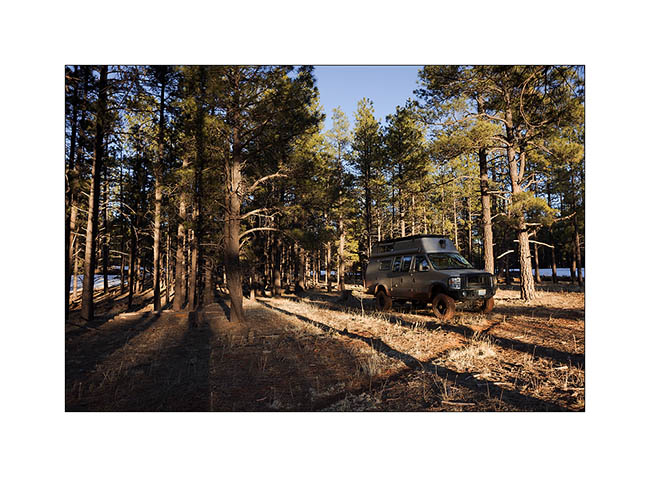
13. The next morning we crossed the Zuni Mountains with sometimes quite rutted and muddy roads…
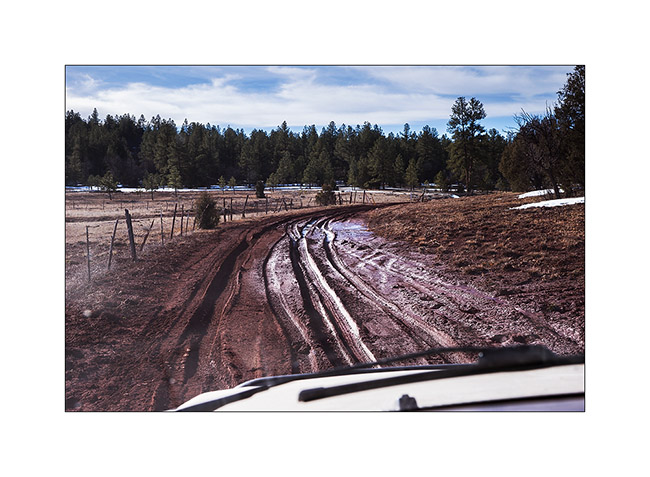
14. Discovery of the pinnacles of Los Gigantes by chance…
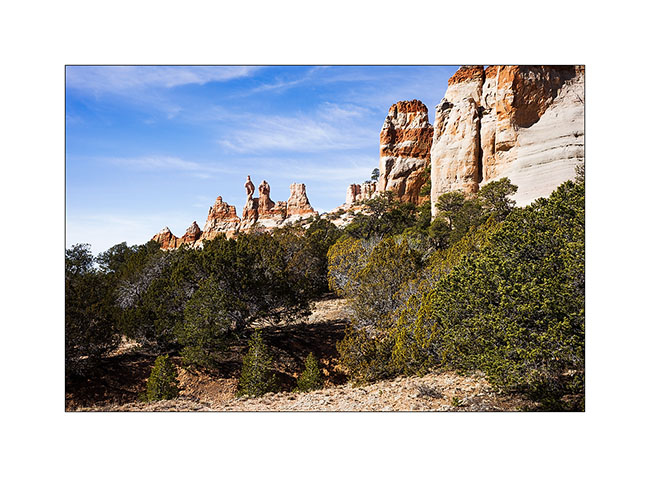
15. A guelta sheltered against a cliff of El Morro.
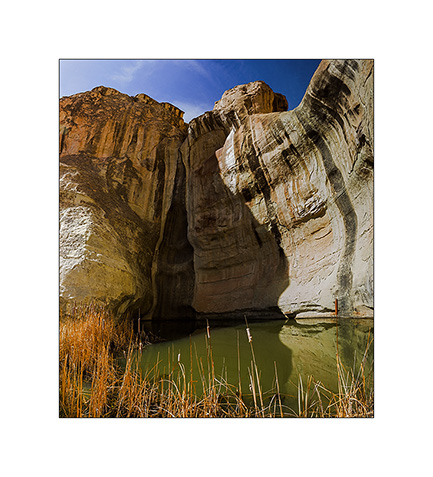
16. Etching in sandstone describing the passage of some Spanish in 1706.
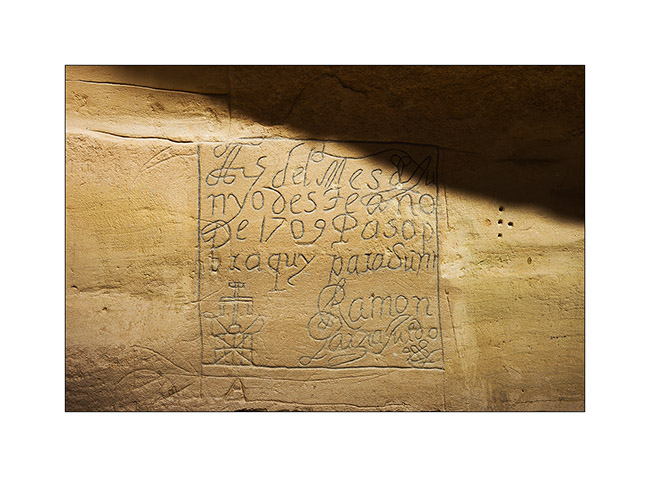
17. Petroglyph much older, probably around the year 1200.
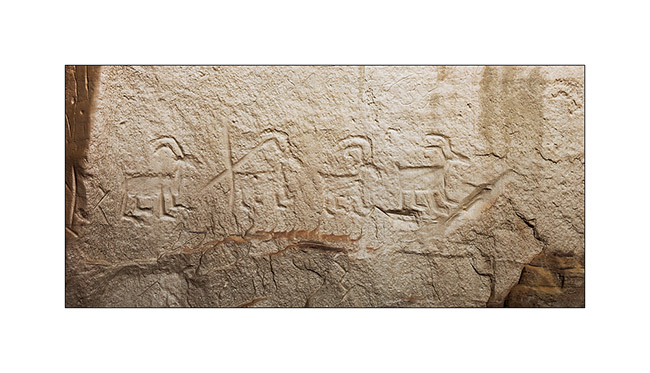
18. Another petroglyph estimated at 1,400 years BC.
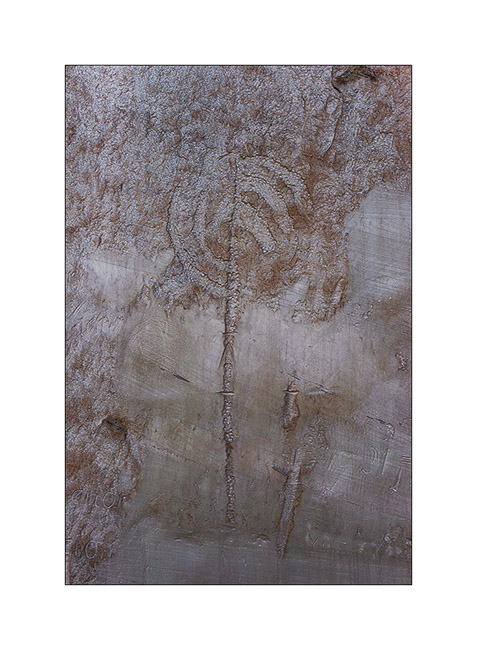
19. “Woodpecker” natural arch.
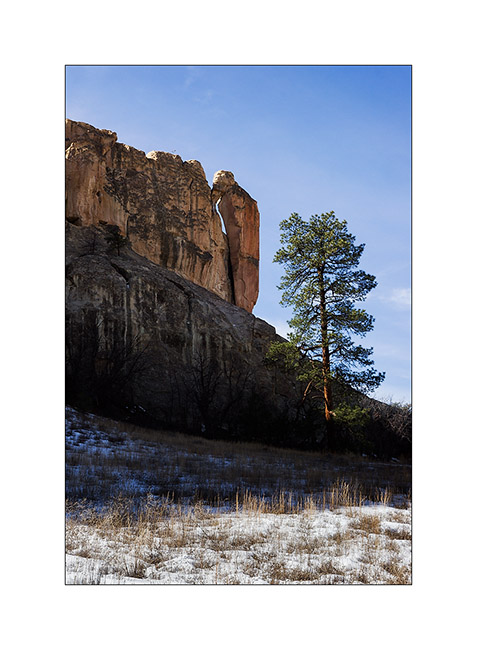
20. Pueblo ruins in El Morro National Monument.
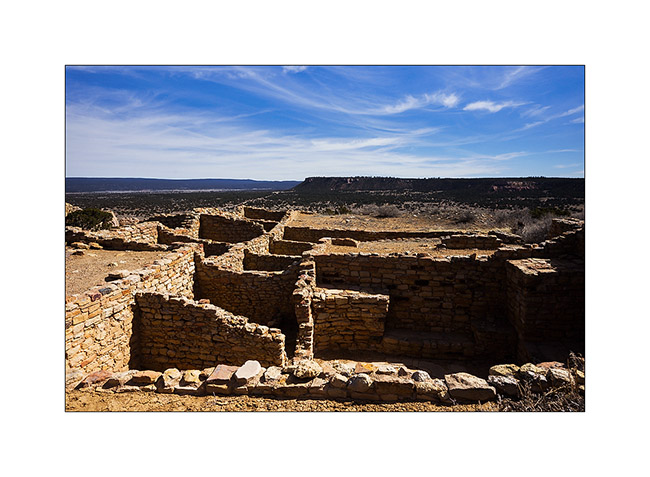
21. Another ruin of the same area.
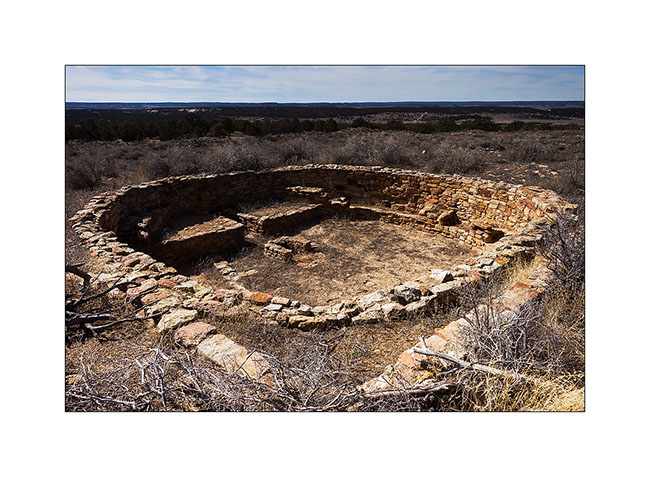
Further discoveries along the East crossing of VivaLaVida to come soon… 😉
Atlantic Ocean (2)
Happy New Year to all of you! 😀
I continue here the photographic story of my year-end journey on the Atlantic coast of South Carolina and Georgia.
1. It begins with another sunrise, very cold again…
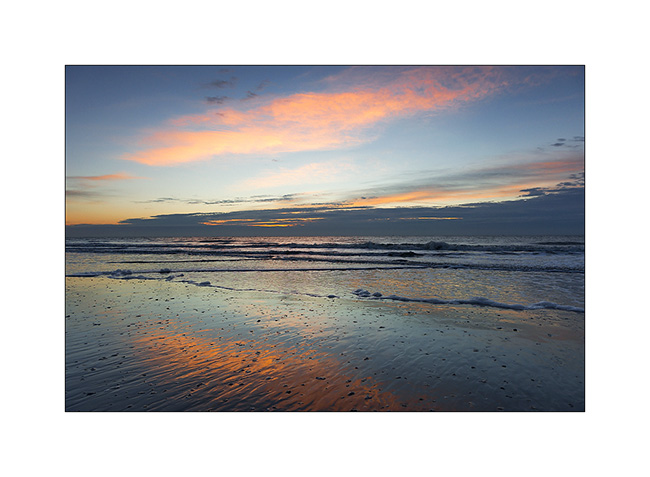
2. First sunrays on a beautiful shell (very postcard, isn’t it? );-)
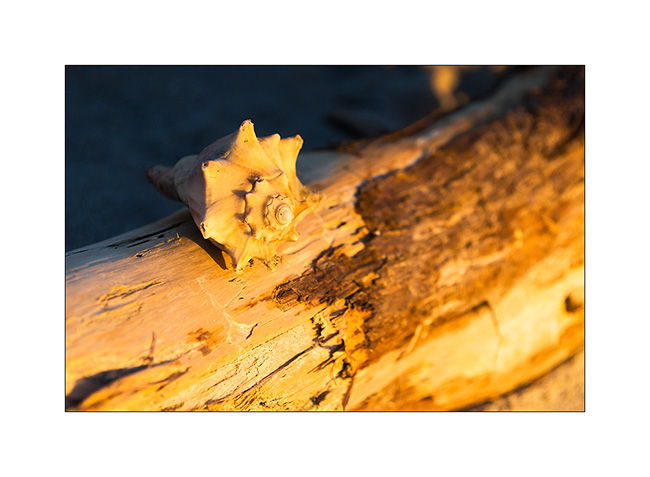
3. Oaks alley on Hunting Island, gorgeous…
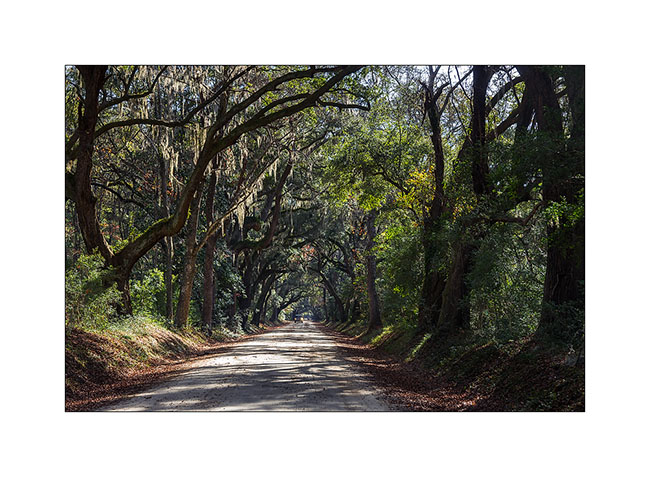
I then headed north of Charleston to visit Franklin Marion National Forest, in particular areas of forest swamps.
4. Suspension bridge spanning an inlet in Charleston.

5. On the road, marine reedbeds…
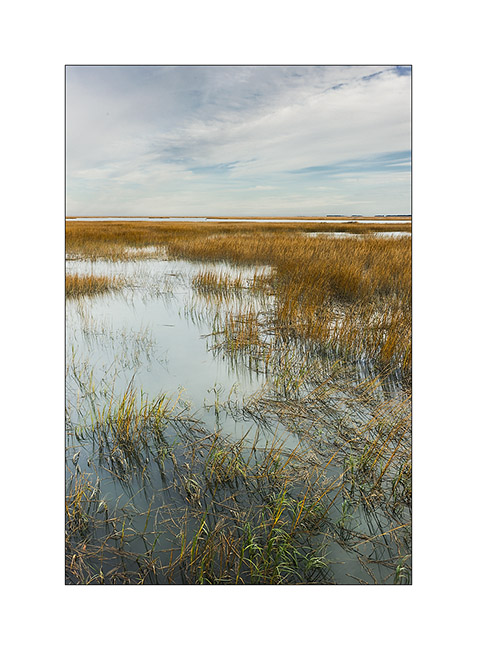
6. A visitor to my campsite in the evening … Awesome! Too bad it was so high up…
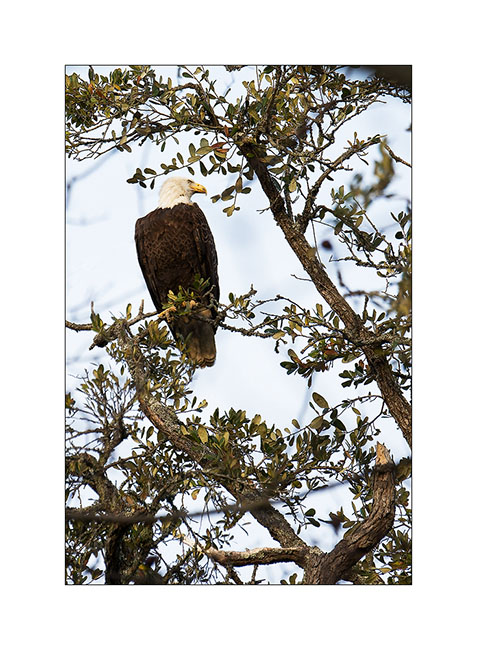
7. Nice forest roads to go to the swamps…
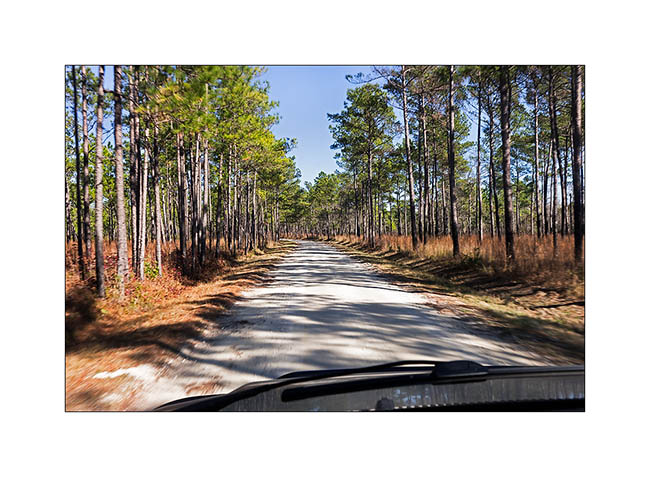
8. Here they are. The atmosphere was amazing, I wouldn’t have been surprised to see a troll coming out of the swamp..! 😉
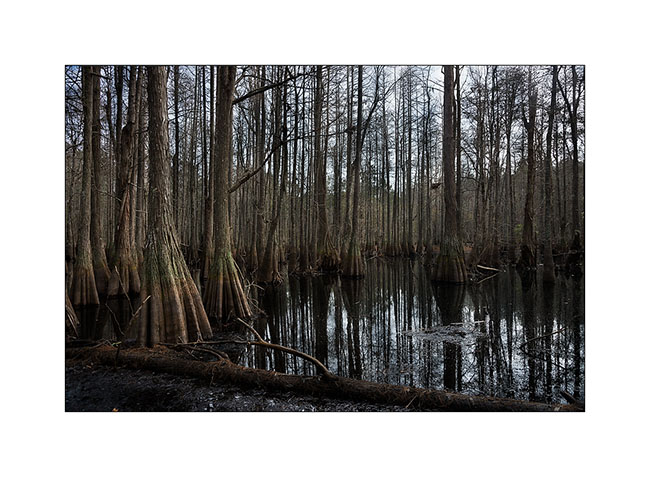
9. Wading in the mud with my sandals, I found other views…
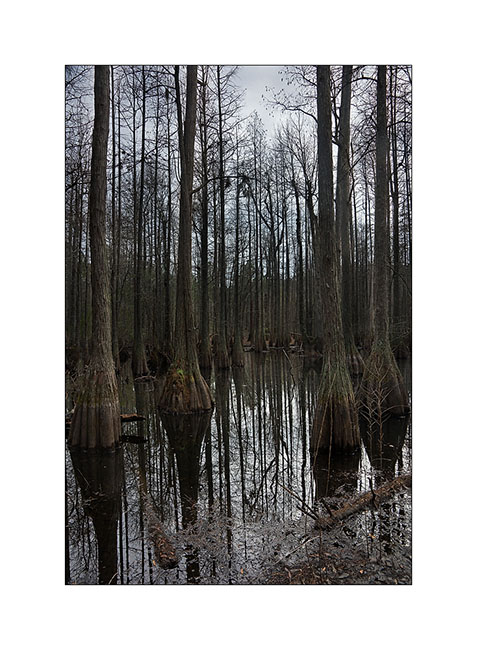
10. One last picture…
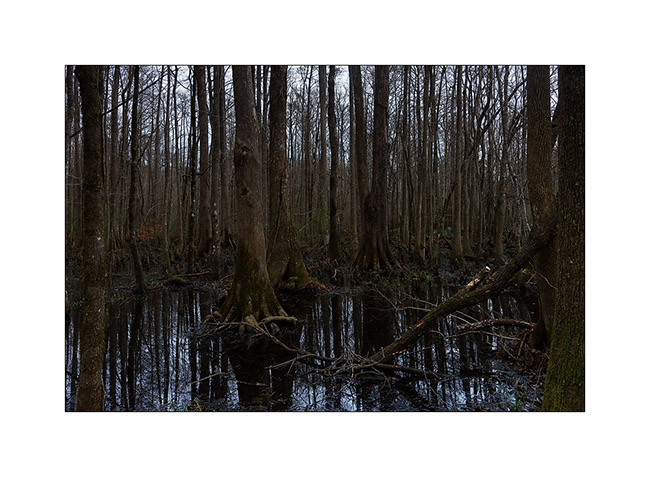
11. While I was looking for a place to sleep, the weather turned bad and a storm started a gray and rainy episode…
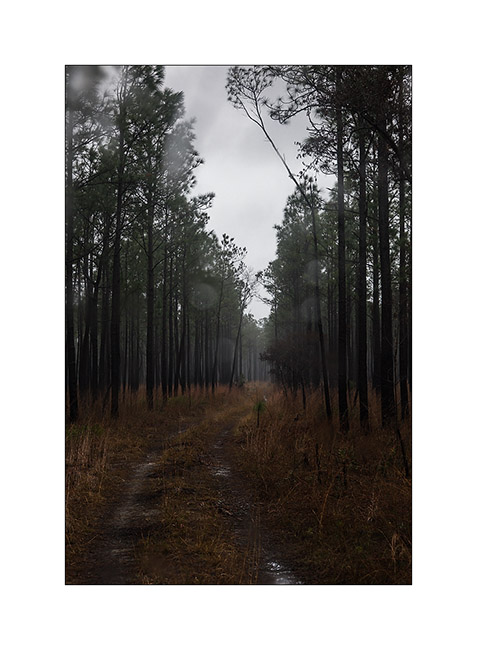
12. A small lull still allow me grilling my evening meal… 😀
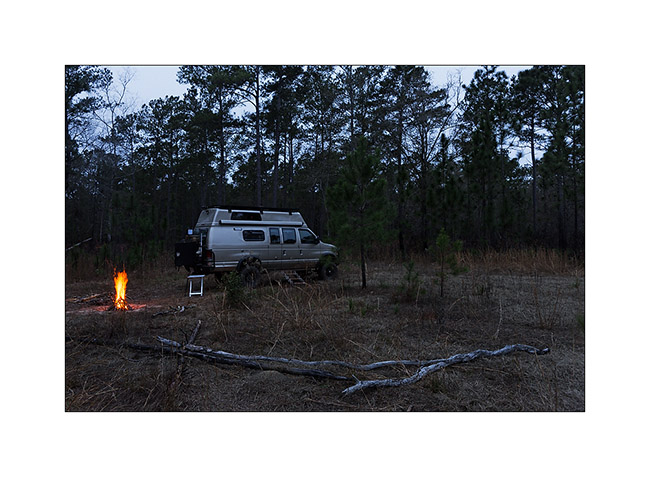
I took the road South again, stopping to see Angel Oak, a giant tree in Charleston. I already stopped there on the way up but it is precisely the day that the State services proceeded with its annual maintenance … 🙁
Angel Oak is immense: its trunk is more than 6 yards in diameter, the tree itself more than 50 yards in diameter and 35 high. Its age is estimated at four or five hundred years. The photo below is a panorama of 60 images! In fact, 4 panoramas 5 images, each of three bracketed images at -2, 0 and +2 EV, assembled to remove dozens of visitors on the site … 😀
13. Angel Oak, the giant tree!
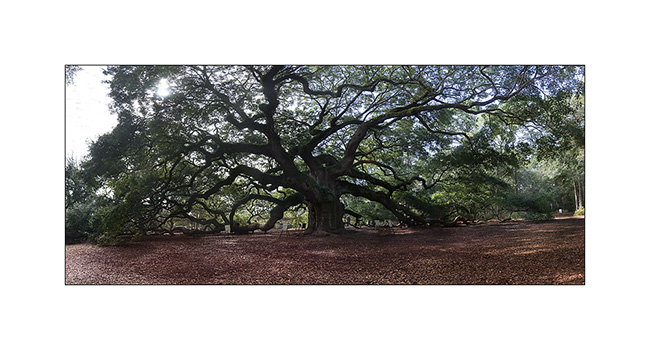
14. Several branches lie on the ground…
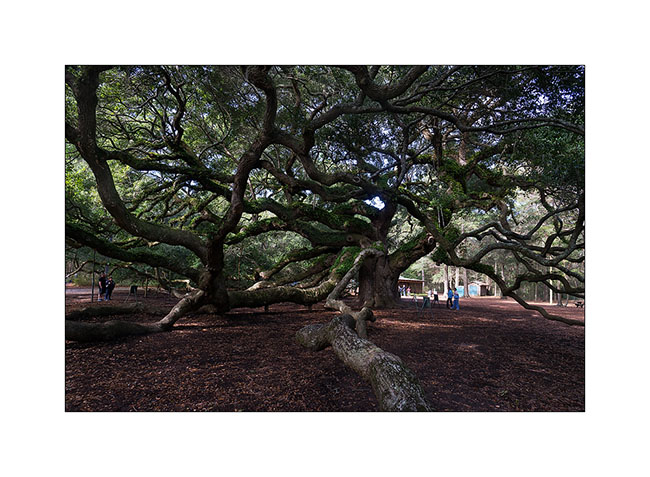
15. A true tormented colossus…
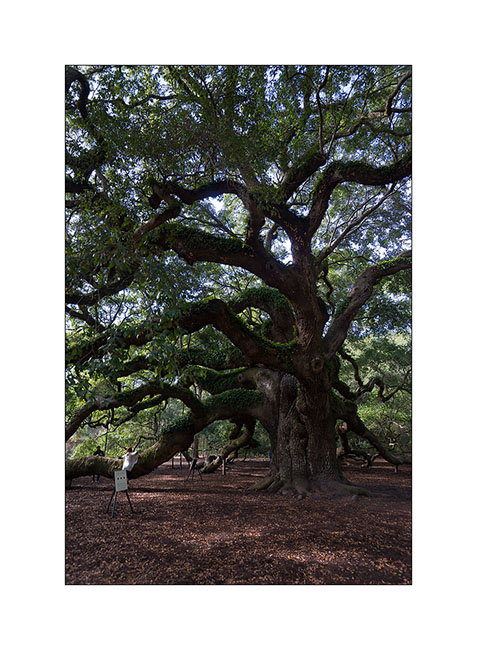
the following will be a little more animal and urban… 😉

 D5 Creation
D5 Creation